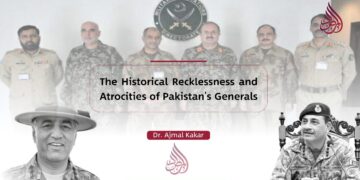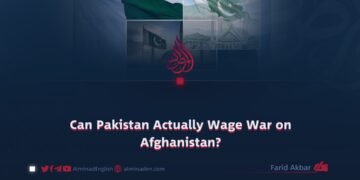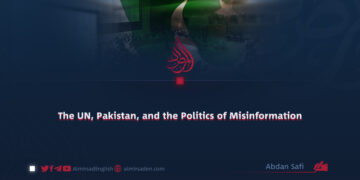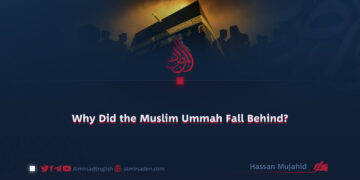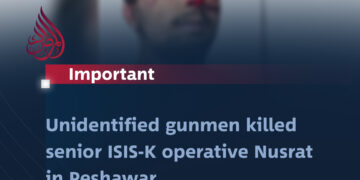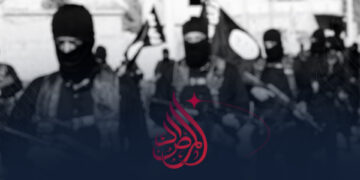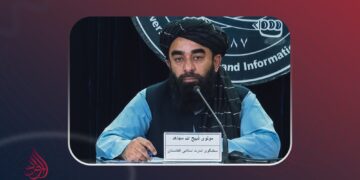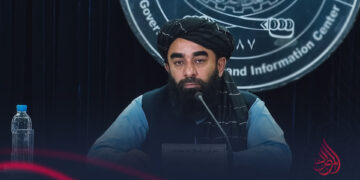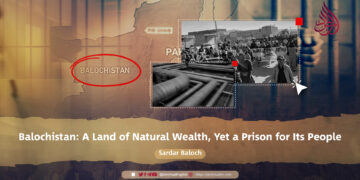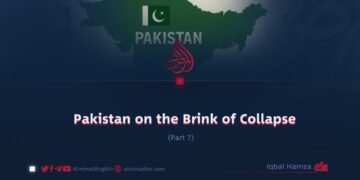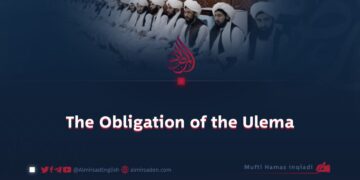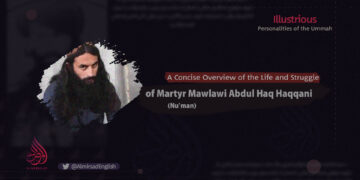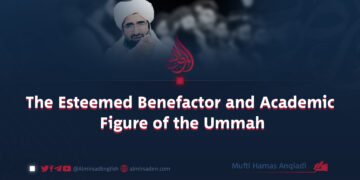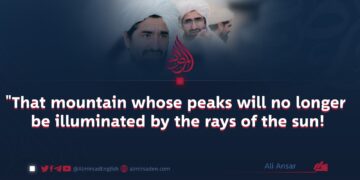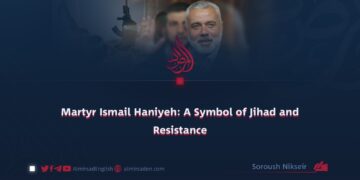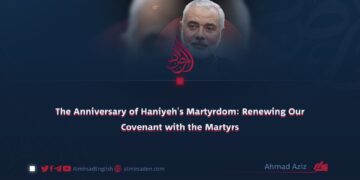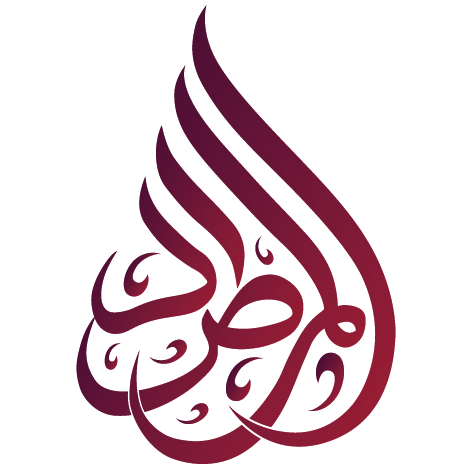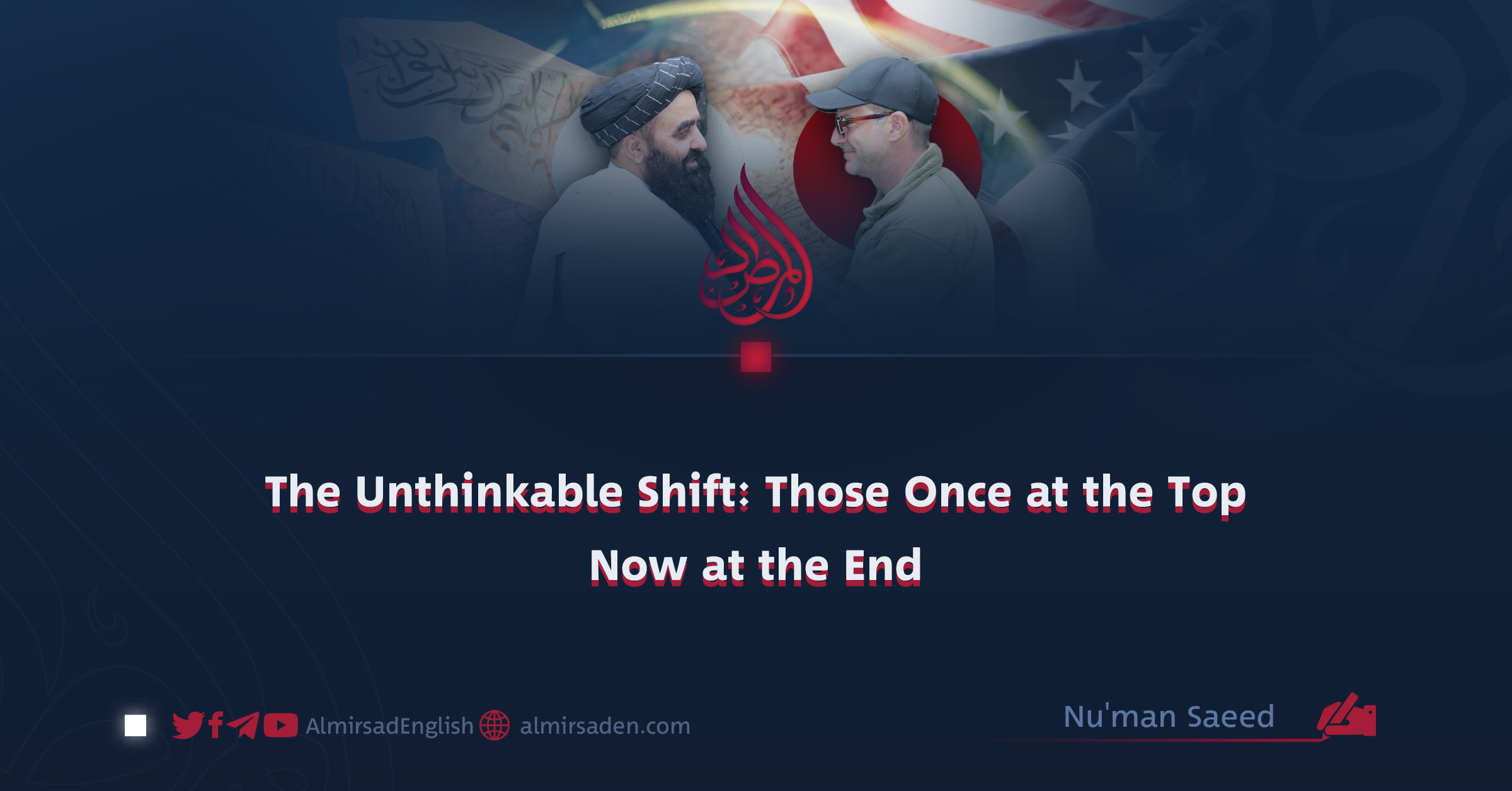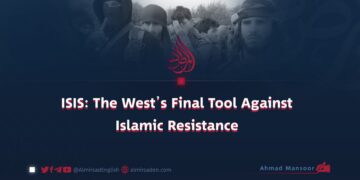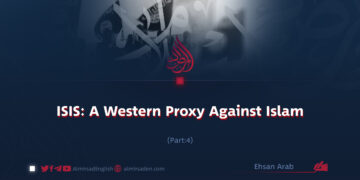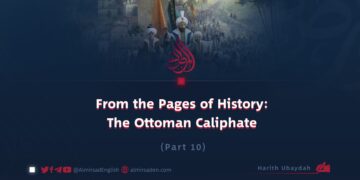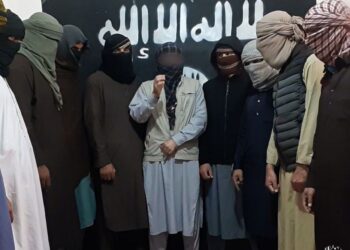Noman Saeed
Twice in the span of six months, the same news has reached us: a senior American delegation, led by President Trump’s Special Envoy for Hostage Response, Adam Boehler, and accompanied by Zalmay Khalilzad, has arrived in Kabul. Their agenda has been broad, ranging from strengthening bilateral ties and consular matters to discussions on investment opportunities and wider cooperation with the Islamic Emirate of Afghanistan (IEA).
When the United States and its allies launched their invasion of Afghanistan and toppled the IEA by force, Muslims across the globe voiced their grief. Their words, written in anguish, often repeated a single phrase: “It seems everything has ended.”
The Taliban, however, held a different conviction. They argued that nothing had ended at all. What had begun, they said, was a new contest whose final outcome, by the will of Allah, would see America descend from the top of the list to its very bottom. Today, with the passage of time, that prediction rings unmistakably true. It was first expressed by the late Amir al-Mu’minin, Mullah Muhammad Omar Mujahid, may Allah have mercy on him.
His foresight proved accurate, though its fulfillment came later than expected. One cannot help but wish he had lived to see it realized. The delay had many causes. Among them was the impulsive behavior of certain regional actors, whose haste not only created difficulties for the IEA but also undermined their own struggles. Had all energies been directed with wisdom and strategy toward supporting the IEA, Mullah Muhammad Omar’s vision might have materialized in his lifetime, and today’s reports of diplomatic visits would already belong to history.
A remark once made by Agha Shorish Kashmiri seems fitting here. Speaking of President Ayub Khan’s martial law in Pakistan, he quipped, “For as long as Ayub endured, we endured Ayub’s patience.” That sentiment captures well the mood in Afghanistan after September 11. Under the weight of the American invasion, our nation too endured with patience, holding fast to the belief that the war could never succeed. Armies may crush individuals or factions, but nations cannot be broken by brute force.
In those early years, the world misjudged the IEA, dismissing it as a mere band of armed men who refused to yield and therefore deserved punishment. Only with time did the great powers begin to recognize that the IEA was not simply a faction but rather the living expression of the Afghan nation’s dignity and its devotion to Islam and Sharia. The realization came late, but as the saying goes, better late than never.
The roots of the IEA stretch back to the Soviet invasion. Then, a host of mujahideen groups took up arms to defend their homeland and safeguard its religious identity. They were supported by international backers, and volunteers came not only from Afghanistan but from across the region and the wider Muslim world. Their struggle eventually forced the Soviet withdrawal. Yet the West later seized the fruits of jihad for itself, leaving the mujahideen to fall into fratricidal conflict. Afghanistan collapsed into civil war, divided among figures such as Ahmad Shah Massoud, Gulbuddin Hekmatyar, and others.
Amid this turmoil, when the very aims of jihad seemed on the verge of vanishing, a new force emerged from the religious schools. Led by Mullah Muhammad Omar Mujahid, students, young fighters, and disillusioned mujahideen rose from Kandahar with a vision of restoring peace and implementing Islamic law. Gradually they brought most of Afghanistan under their authority, establishing what became known as the IEA.
During this period, Arab mujahideen who had once fought the Soviets, led by Osama bin Laden, turned their efforts against American military presence in the Middle East and Western policies favoring Israel. Many settled in Afghanistan. Western governments demanded that the Taliban expel these fighters and hand over bin Laden to the United States. The IEA refused such a unilateral demand, insisting instead on impartial international investigation.
Then came September 11. Blame was swiftly placed on the Arab mujahideen, and pressure to surrender bin Laden mounted. The Taliban refused. Soon after, without any agreed definition of terrorism at the international level, the United States and its partners launched a full-scale invasion, removed the Taliban from power, and occupied Afghanistan. Rather than surrender, the Taliban regrouped in the mountains and resumed the fight.
The war that began then lasted twenty years. Despite vast resources and relentless campaigns, the United States failed to defeat the Taliban or force them to abandon their goals. Even Western analysts eventually admitted that the war in Afghanistan amounted to one of America’s greatest strategic failures.
Today, delegations continue to shuttle in and out of Kabul. Negotiations proceed, old dynamics resurface, and new realities emerge. Each visit reflects both progress in diplomacy and a deepening sense of social reassurance. These developments not only mark advances for the IEA but also send a clear message to regional powers: it is time to set aside the burdens of others and accept the truths on the ground.
Now the IEA governs the entire country. The white flag flies over Kabul, and channels of communication with governments extend in every direction. Even from Washington, envoys and representatives continue to arrive. These meetings and exchanges demonstrate that the IEA is no longer viewed as a mere armed group but as a functioning political order built upon an Islamic framework, with a recognized place in the evolving regional and global landscape.

